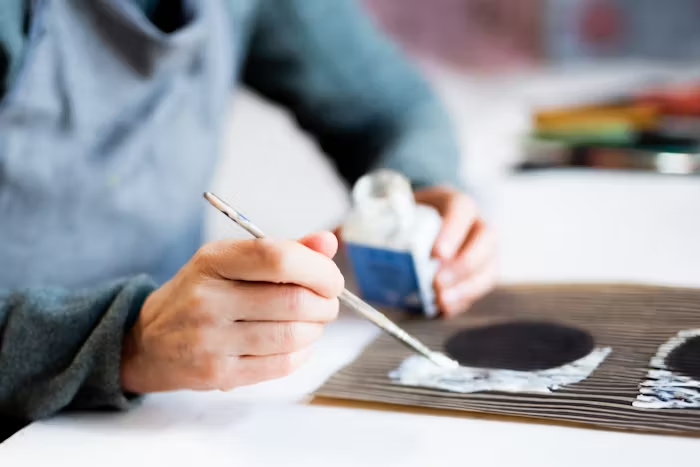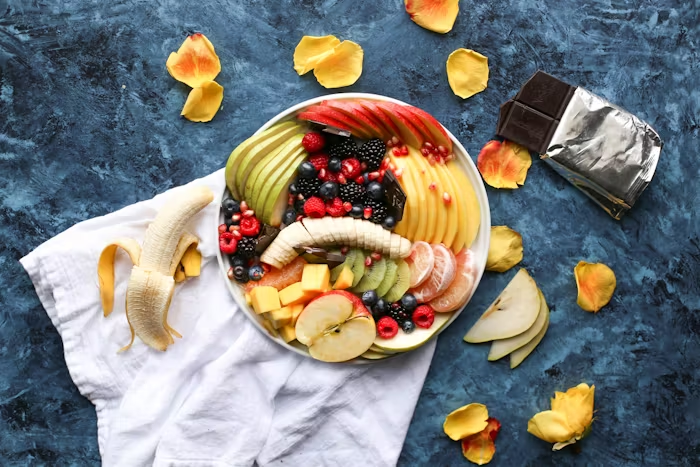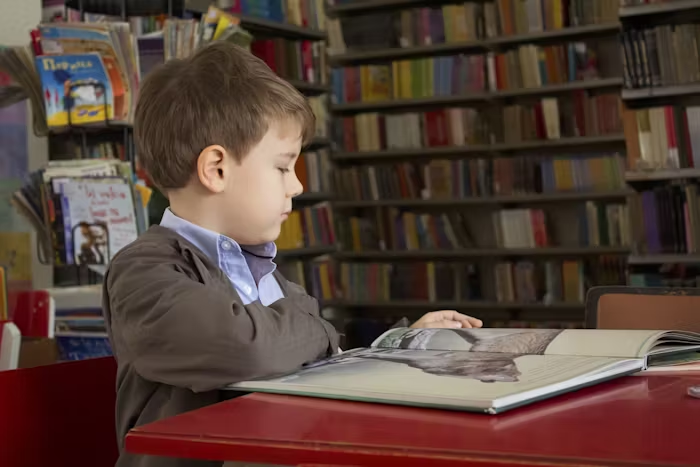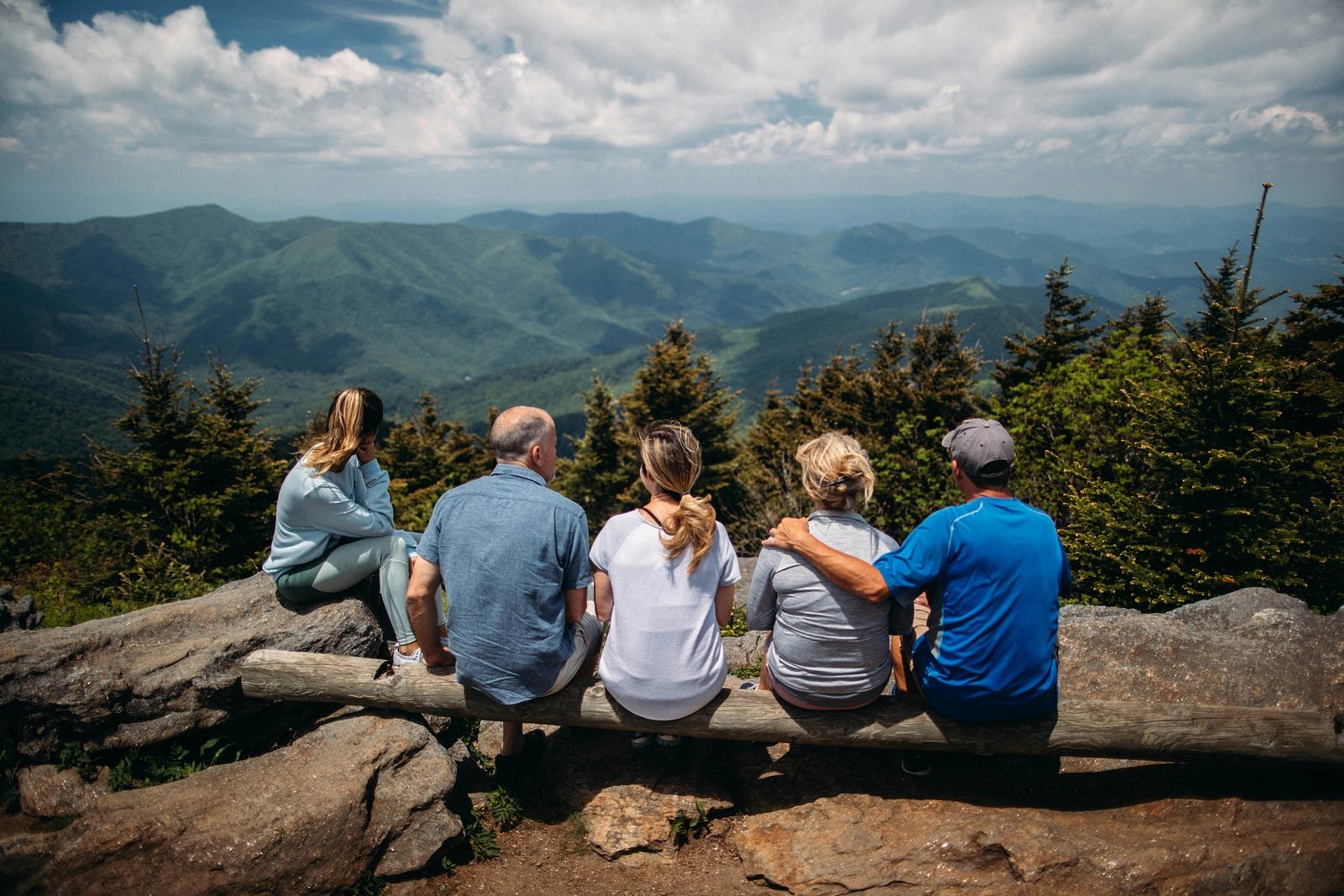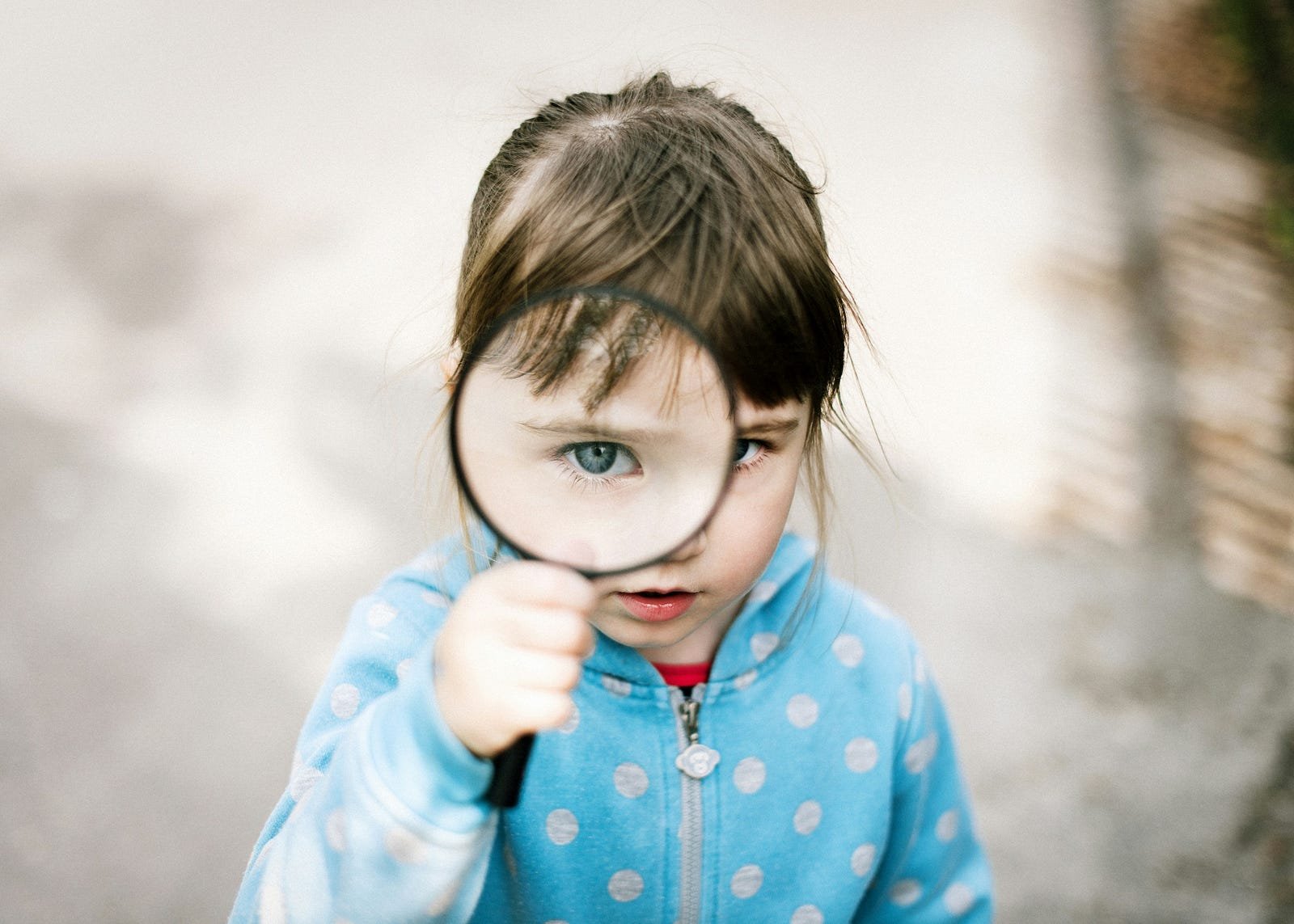Creativity and mental health share a deep, interwoven relationship that impacts our well-being and sense of purpose. Whether you’re painting a masterpiece, crafting a story, or solving complex problems, engaging in creative activities can shape your mental health in profound ways.
At the same time, mental health plays a critical role in fostering creativity. The connection between these two elements has been the focus of psychological studies, artistic narratives, and personal anecdotes for generations. This article delves into the fascinating interplay between creativity and mental health, exploring how one influences the other, its benefits, challenges, and practical ways to harness this link for personal growth.
Understanding Creativity: Beyond Artistic Expression
Creativity isn’t limited to art, music, or writing. It’s the ability to think outside the box, approach problems with innovative solutions, and express ideas in unique ways. Creativity permeates every aspect of life, from business strategies to everyday problem-solving.
- Key Attributes of Creativity:
- Originality: Developing ideas that stand apart.
- Flexibility: Adapting thoughts to different situations.
- Risk-Taking: Willingness to embrace uncertainty.
The Role of Mental Health in Creativity
Mental health is the foundation of our emotional, psychological, and social well-being. It influences how we think, feel, and act, and it’s intricately tied to creativity. Mental health impacts creativity in the following ways:
- Emotional Depth: Mental health challenges often bring heightened emotions, which can fuel creative expression.
- Resilience: Overcoming mental health struggles fosters strength and problem-solving, driving creativity.
- Focus and Flow: A balanced mental state supports creative “flow,” where ideas come effortlessly.

Creativity as a Tool for Mental Health
Engaging in creative activities has been shown to improve mental health, acting as a therapeutic outlet for stress, anxiety, and depression.
1. Boosts Emotional Regulation
Creativity allows individuals to process and express emotions in a safe and constructive way. Journaling, painting, or playing music can help release pent-up feelings, leading to emotional clarity.
- Example: Writing a poem about a difficult experience can transform pain into a sense of accomplishment.
2. Reduces Stress and Anxiety
Immersing oneself in creative tasks provides a sense of escape from daily stressors. This focus on the present moment acts as a form of mindfulness, promoting relaxation and calm.
- Scientific Insight: Studies have found that activities like coloring mandalas or sketching reduce cortisol levels, the hormone linked to stress.
3. Enhances Self-Esteem
Creating something meaningful boosts self-worth and confidence. Completing a project or receiving validation for your work reinforces a positive self-image.
4. Builds Resilience
Creativity helps individuals confront and navigate challenges, making them more adaptable in the face of adversity.
- Example: A photographer who captures images of resilience during a tough time uses creativity to process personal struggles.
5. Strengthens Cognitive Functions
Engaging in creative activities keeps the mind sharp, improving memory, problem-solving, and critical thinking.
The Challenges of the Creativity-Mental Health Link
While creativity often enhances mental health, there are challenges that come with this connection.
1. The Myth of the “Tortured Artist”
The stereotype that great creativity comes from pain can romanticize mental health struggles. While it’s true that some artists channel their emotions into their work, this narrative can discourage individuals from seeking help.
2. Pressure to Create
The expectation to constantly produce can lead to burnout, negatively impacting mental health. Creativity thrives in freedom, not under stress.
3. Vulnerability in Expression
Sharing creative work exposes individuals to criticism, which can sometimes hurt mental well-being. Building resilience and learning to accept feedback constructively are vital.
Mental Health Conditions and Creativity: A Complex Relationship
Some mental health conditions, like depression and bipolar disorder, have been linked to heightened creativity. However, it’s important to address this topic with sensitivity, as unmanaged mental health issues can hinder overall well-being.
1. Depression and Creativity
- Positive Impact: Depression can deepen emotional insights, fostering profound artistic expression.
- Negative Impact: Prolonged depression can diminish energy and focus, stifling creative output.
2. Bipolar Disorder and Creativity
Many individuals with bipolar disorder report bursts of creativity during manic phases. However, the unpredictable nature of the condition can make sustaining projects challenging.
3. Anxiety and Creativity
While anxiety can fuel perfectionism and attention to detail, excessive worry can block creative flow.
Practical Tips to Harness Creativity for Mental Health
You don’t need to be a professional artist to benefit from the mental health-boosting effects of creativity. Here are actionable steps to integrate creativity into your life:
1. Create Without Judgment
Allow yourself to create freely, without worrying about the end result. The process matters more than perfection.
- Example: Try freewriting for 10 minutes a day to let your thoughts flow without editing.
2. Experiment with Different Mediums
Explore various creative outlets until you find what resonates with you.
- Examples:
- Painting for visual expression.
- Writing for introspection.
- Dancing for physical release.
3. Use Art as a Form of Therapy
Art therapy combines creativity with psychological support, helping individuals explore their feelings in a guided environment.
4. Set Small Creative Goals
Break projects into manageable tasks to avoid feeling overwhelmed.
- Example: If writing a book feels daunting, start by drafting a single chapter or even a paragraph.
5. Incorporate Creativity Into Daily Life
You don’t need hours to be creative. Small moments, like doodling during a meeting or baking a new recipe, count too.
6. Seek Inspiration From Others
Engage with creative communities or study the work of artists, writers, and innovators to fuel your imagination.
Creativity and Mental Health in the Workplace
The link between mental health and creativity isn’t just personal — it’s vital in professional settings too. Workplaces that encourage creativity foster better mental health among employees, leading to increased job satisfaction and productivity.
Ways Employers Can Support Creativity:
- Promote work-life balance to reduce burnout.
- Encourage brainstorming and idea-sharing sessions.
- Provide access to mental health resources.
- Celebrate diverse thinking and unique contributions.
The Role of Education in Nurturing Creativity and Mental Health
Educational institutions play a pivotal role in fostering creativity and mental well-being. Introducing creative activities into school curriculums can help students:
- Manage stress.
- Improve problem-solving skills.
- Develop emotional intelligence.
The Science Behind Creativity and Mental Health
Research has shown that engaging in creative activities boosts dopamine production, a neurotransmitter associated with pleasure and reward. This explains why creating something — be it a painting, poem, or solution — can feel so satisfying.
Additionally, creative tasks activate different regions of the brain, promoting neural connections and improving overall mental flexibility.
Stories of Transformation: Real-Life Examples
1. Vincent van Gogh
Despite his struggles with mental health, van Gogh produced some of the most iconic artwork in history, using painting as a therapeutic outlet.
2. J.K. Rowling
The Harry Potter author turned personal hardships into a world of creativity, proving how mental health challenges can inspire resilience and innovation.
The Future of Mental Health and Creativity
As the conversation around mental health becomes more open, creativity will continue to be recognized as a powerful tool for healing and growth. With advancements in art therapy, digital tools, and workplace wellness programs, the connection between creativity and mental health is poised to transform lives.
Creativity and mental health are intrinsically linked, each influencing the other in profound ways. By embracing this connection, you can unlock new avenues for personal growth, emotional well-being, and professional success.
Remember, creativity isn’t about producing masterpieces — it’s about exploring, expressing, and healing. Whether you’re sketching, writing, or simply daydreaming, every creative act is a step toward better mental health.
So, take that first step today. Pick up a paintbrush, write a poem, or solve a puzzle. Your mental health — and your creativity — will thank you.
